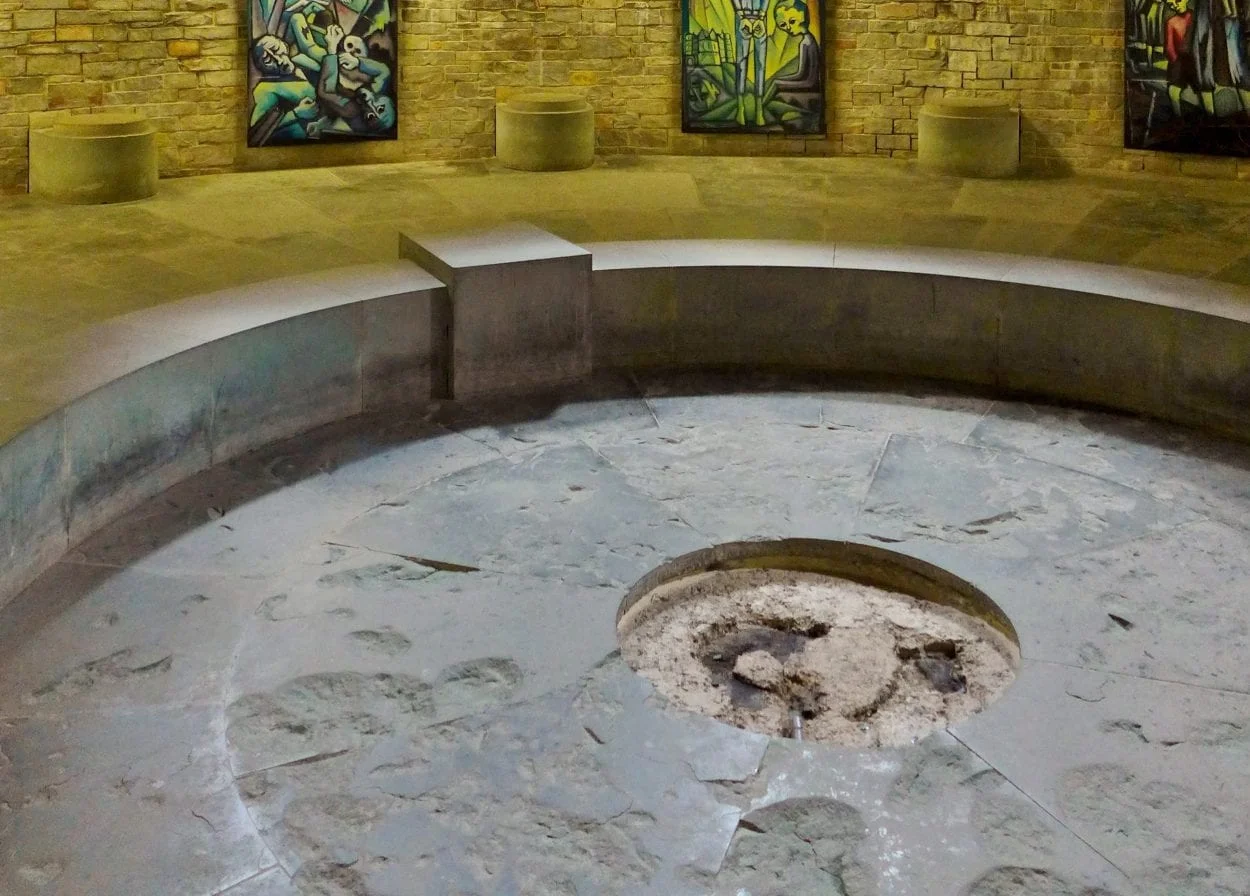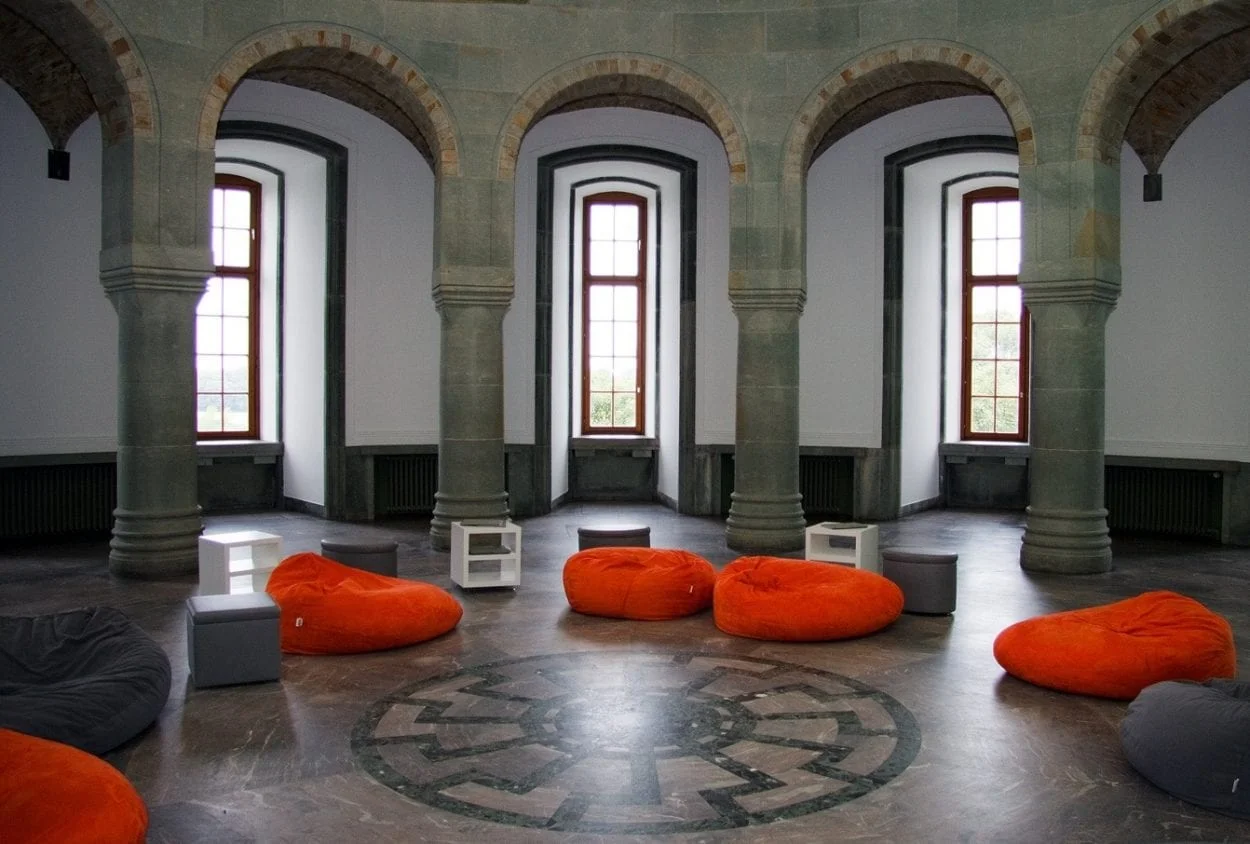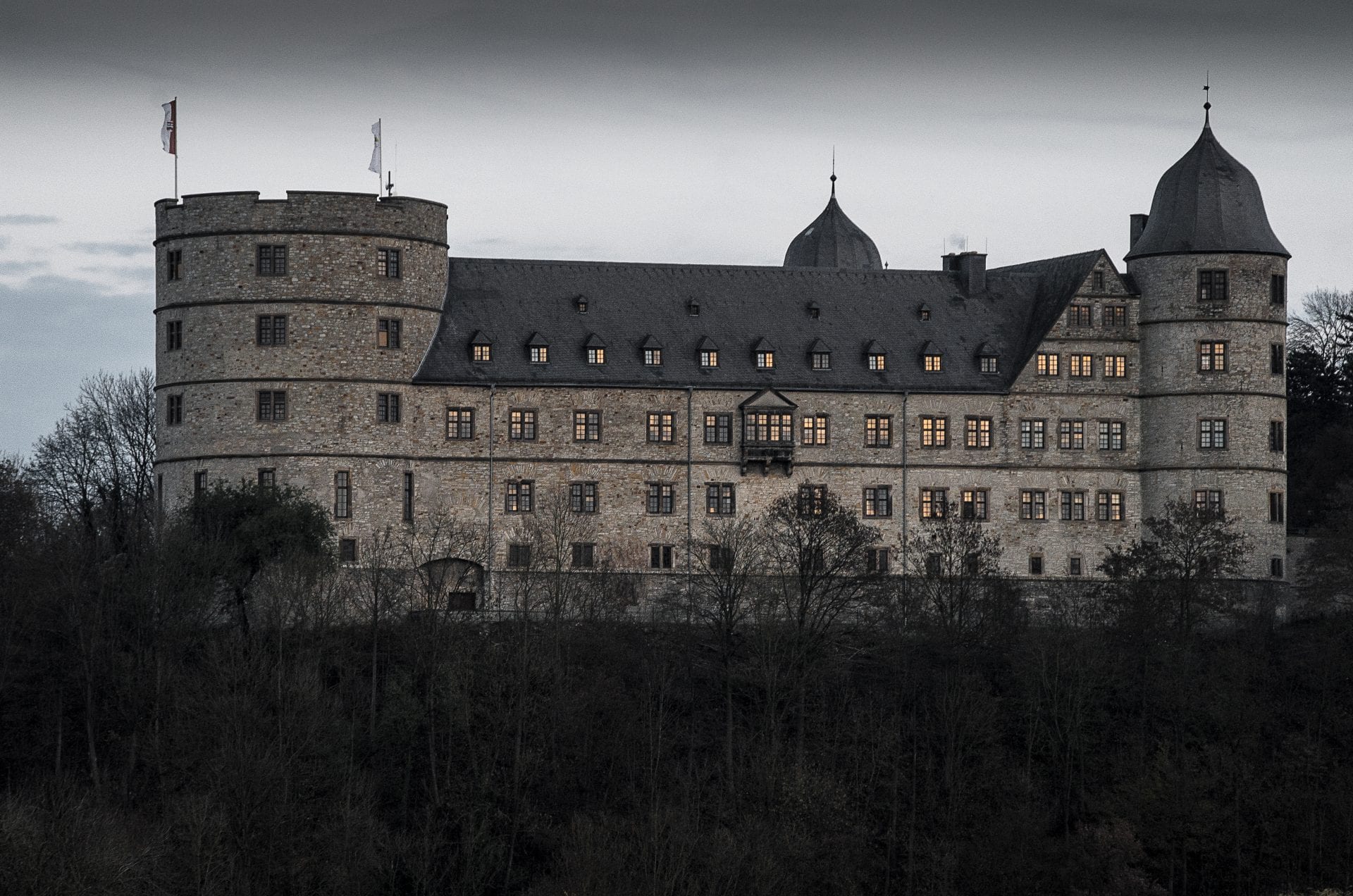Wewelsburg is a Renaissance castle in the village of Wewelsbury, Germany, that served as an SS school, and a centre for SS Nazi occultism.
The present castle of Wewelsburg was constructed as a secondary residence for the Prince-Bishops of Paderborn in AD 1603, also serving as a bursary office and inquisition court for conducting witch trials later in the century.
Over the 18th, 19th, and early 20th century, the castle progressively fell into ruin, but by 1925 had been renovated into a banqueting hall, restaurant, museum, and youth hostel.
During the 1930’s, Heinrich Himmler (Reichsführer of the Schutzstaffel) was searching for a castle as a retreat for SS members “in the heartland of Hermann der Cherusker”. Himmler had initially tried to secure Burg Schwalenberg (Schwalenberg Castle), but then decided to buy or lease Wewelsburg from the Landrat of Büren in 1934.
The castle instead became the Reichsführerschule SS (SS Leadership School), a centre for teaching the unified ideological training of the SS leadership, and in 1935 was officially named the “SS-Schule Haus Wewelsburg” (“SS School, House Wewelsburg”).
The curriculum quickly moved away from the schooling of SS leadership, and instead became more pseudo-scientific, with a focus on racial teachings through studies of Germanic history, folklore, and genealogy. An archaeological unit was also established at the castle to research prehistory, ancient history, medieval history and folklife, all with the intent of strengthening the National Socialist worldview.
By 1936, Himmler had envisioned the Wewelsburg as the representative and ideological centre of the SS Order, and founded the “Gesellschaft zur Förderung und Pflege deutscher Kulturdenkmäler e.V.” (Association for the advancement and maintenance of German cultural relics) which was assigned to redevelop the castle at a cost of 15 million Reichsmarks using prisoners from the Sachsenhausen and Niederhagen concentration camps.
The castles exterior was remodelled to make the appearance more ‘castle-like, with an eastern castle bridge, the north tower strengthened and rebuilt, and the exterior plaster on the walls removed to expose the underlying stone.

Inside the north tower a former cistern was converted into a vault modelled after Mycenaean domed tombs, with 12 pedestals placed around the perimeter. At the centre, a gas pipe was laid that may have been intended to be an eternal flame.
On the ground floor of the tower, a hall with twelve columns joined by a groined vault was constructed for meetings by high-ranking SS-generals called Obergruppenführer. The room centred on a dark green sun wheel (Sonnenrad), believed to represent the centre of the entire “Germanic world empire”. An account by SS-General Karl Wolff referred to a meeting at the Obergruppenführer, in which he compared Himmler to playing like King Arthur with his knights of the round table.

The internal design of the castle was also changed to include characters referred to in Grail legends, such as a study room named Gral (“Grail”), and others, König Artus (“King Arthur”), König Heinrich (“King Henry”), Heinrich der Löwe (“Henry the Lion”), Widukind, Christoph Kolumbus (“Christopher Columbus”), Arier (“Aryan”), Jahrlauf (“course of the seasons”), Runen (“runes”), Westfalen (“Westphalia”), and Deutscher Orden (“Teutonic Order”).
Himmler was interested in mysticism and the occult from an early age. He tied this interest into his racist philosophy, looking for proof of Aryan and Nordic racial superiority from ancient times. He promoted a cult of ancestor worship and racial doctrines at the castle through a kind of SS esotericism consisting of Germanic mysticism, worship of ruins, and adapted the idea of the Grail to create a mystical allure for the SS members.
Header Image Credit : Felix Schier – Shutterstock





